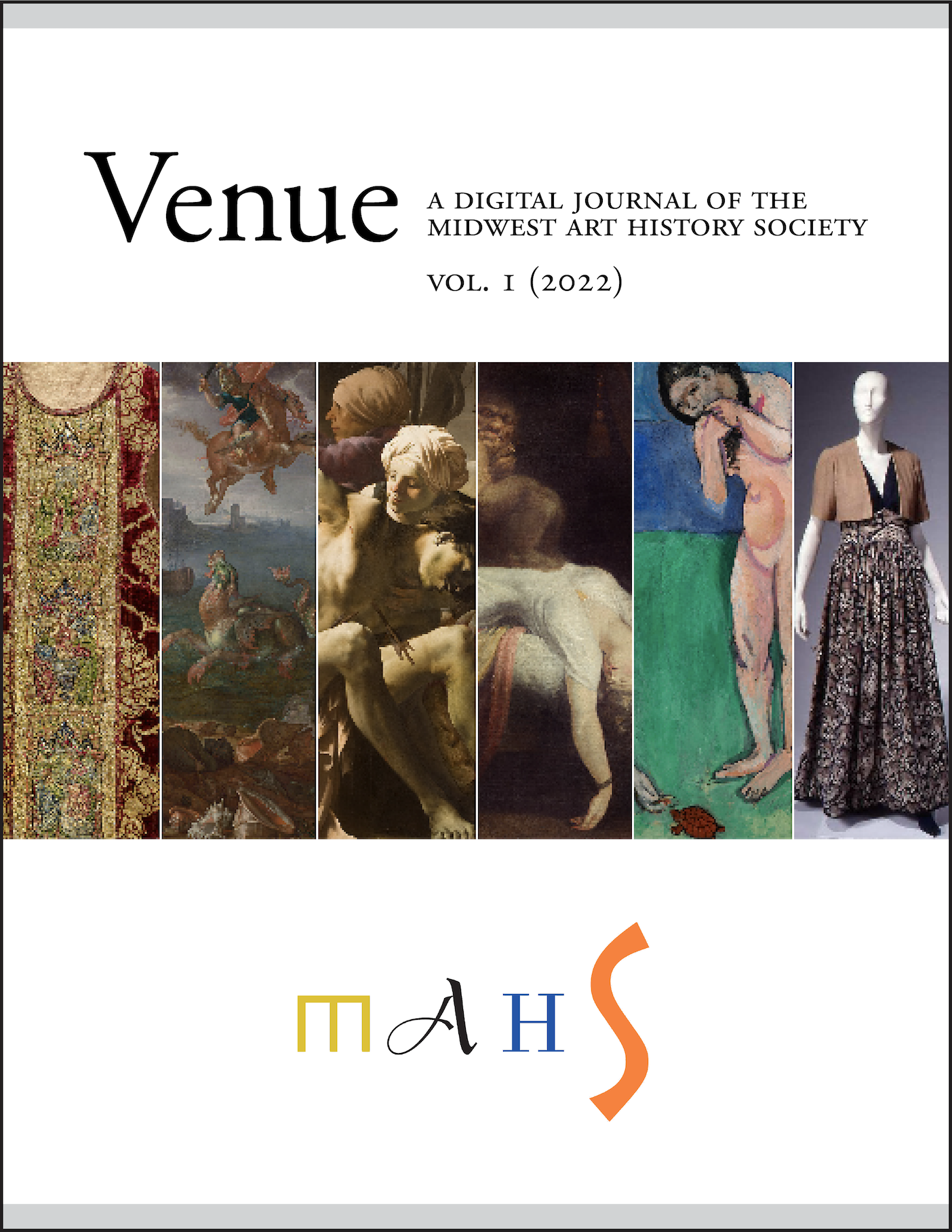Abstract
Perseus’s rescue of the princess Andromeda from a sea monster was a popular subject in sixteenth- and seventeenth-century visual arts, both south and north of the Alps. The narrative, told most influentially by Ovid in his Metamorphoses, hinges on Andromeda’s beauty: it was the subject of her mother’s boast that angered Neptune and led to his demand for her sacrifice, and it was what drew Perseus’s attention and provoked his difficult battle with the monster. Andromeda’s parents subsequently offered her to Perseus as bride; thus, as Ovid put it, she was both cause and reward of all his labor. The artist’s task, then, was to present Andromeda as exceedingly beautiful and enticing, to both Perseus and the viewer of the artwork. She was almost always depicted nude and facing the viewer, her hands chained to a seaside cliff or large rock behind her. Many artists, however, chose to enhance the erotic nature of the figure by positioning one of her arms above her head, thereby exaggerating her usual contrapposto stance and exposing her armpit (axilla)—what I refer to as the axillary pose. Adducing well-known examples in various media—by Giorgio Vasari, Hendrick Goltzius, Agostino Carracci, Joachim Wtewael, and Guido Reni—this article considers the affective qualities of the pose within the context of early modern notions of the erotic possibilities of the armpit.

This work is licensed under a Creative Commons Attribution-NonCommercial-NoDerivatives 4.0 International License.

